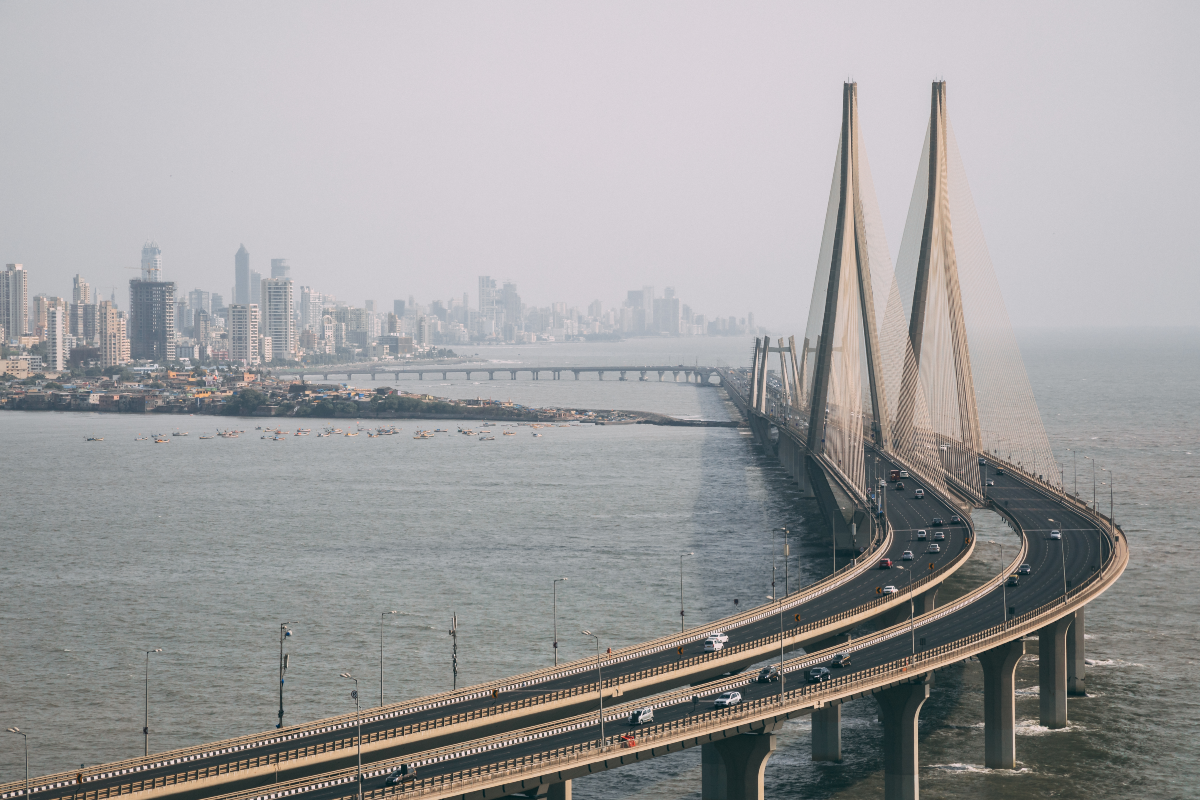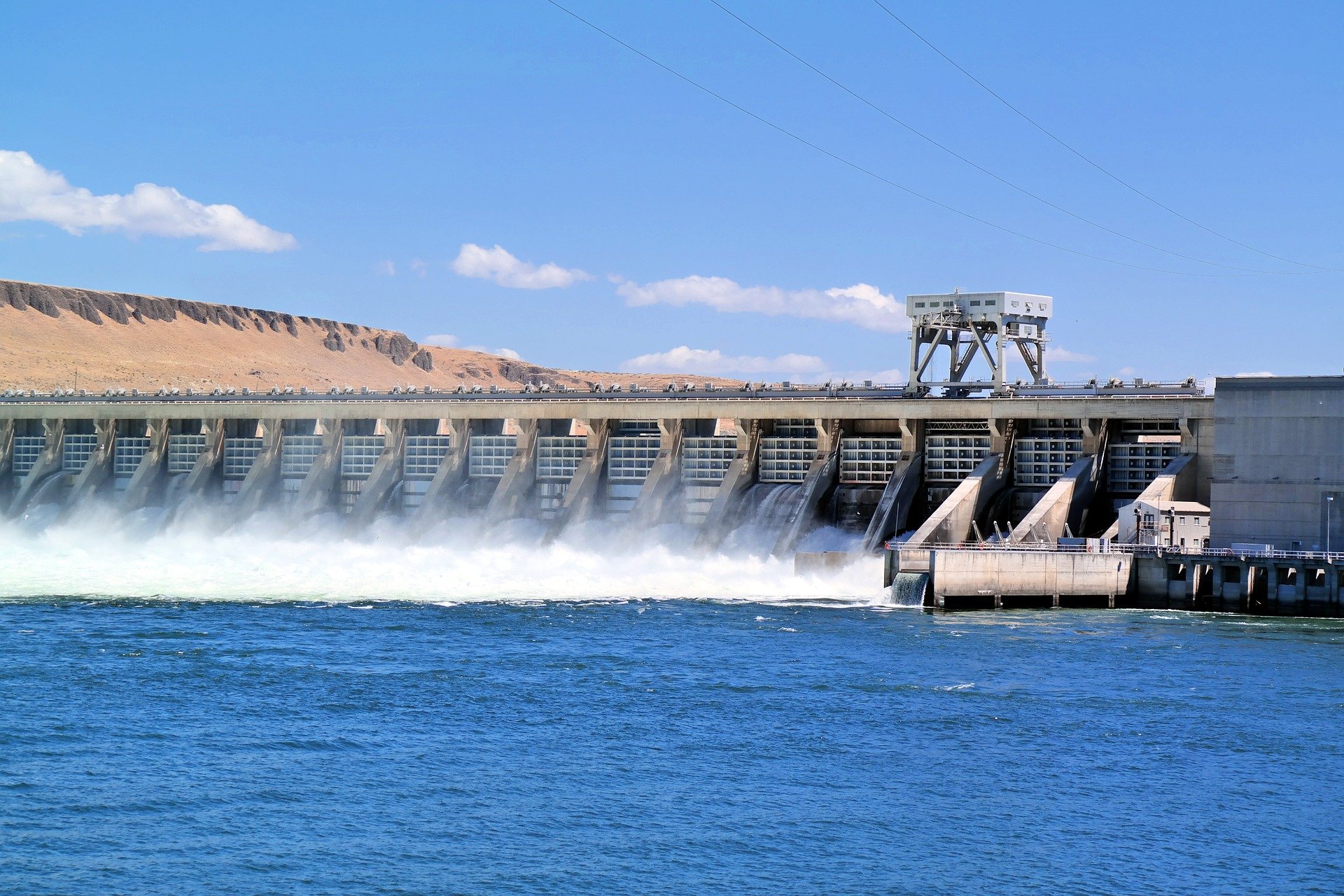
Building Resilience in Hydropower Sector through Effective Standards
Over the years, due to the climate change and disasters, the risks to stranded assets such as hydropower plants are becoming increasingly dangerous. Dam sites are developed in high-risk areas and linked to climate-induced hazards such as flash floods, glacial lake outbursts, landslides, droughts, low and heavy precipitation, etc., as witnessed in the Himalayas in India. Over the last few decades, the incidence of occurrence of such events have become more frequent and severe due to climate change. However, no published studies have specifically examined the link between global warming and disasters. To attribute any disaster to global warming needs, scientific analysis of such events over a period of decades is required. In some cases, such events are attributed to human-induced climate change disasters due to the anthropogenic emissions.
Further, there are challenges of how existing hydropower standards - such as the Hydropower Sector Climate Resilience Guide (2019), and the Hydropower Sustainability Standard (2021) - are integrating natural hazards, while developing a new hydel project in high-risk areas. For example, organizations planning or running hydropower plants are primarily governments and private sector companies. However, they might use these standards only if they are required to, meaning if there is a regulation, legislation, or protocol standards are to follow such guidelines. Also, the initial detailed project reports (DPRs) of hydropower projects are reliant on old climate data, making it impossible for dam developers to identify low-risk areas. Due to increasing disasters in the Himalayan region, the risk of high premiums from insurance companies adds on additional cost to the project owner/government. Further, due to delay in commissioning of hydropower plants, the design life of hydropower plant remains uncertain, hence project owners may not invest time and money in using the existing standards/ guidelines/ certifications. At COP26, held last year at Glasgow, the World Hydropower Congress adopted the San Jose Declaration on Sustainable Hydropower, which provides a framework for enhancing hydropower’s role in clean energy transition. As per the declaration, sustainably developed and responsibly operated hydropower projects can make significant contributions to national and international efforts towards achieving the sustainable development goals (SDGs). The International Energy Agency (IEA) emphasises in its 2021 Net Zero by 2050 Report that global hydropower capacity needs to at least double by 2050.
With the hydropower sector being susceptible to both compounding and cascading risks due to climate change; one of the strategies for enhancing resilience in this sector is to upgrade the legacy plants and bring down costs for technologies such as pumped storage. Also, avoid developing new hydropower plants in high-risk areas in the upstream where building new hydropower plants is costly and time consuming; but could lead fatal damages and losses due to climate disasters.
In India where “water” is a state subject and electricity is on the concurrent list (both state and central), there should be exclusive national and state guidelines and standard procedures on strategies in place for enhancing resilience in hydropower sector through a regulatory framework. The regular practice of using such guidelines and regulations and learning from previous disasters can be a fruitful exercise in preparing for future disasters. However, such standards or guidelines should not be lengthy or bulky, they should be easily readable and comprehensive for effective application. Availability of global best practices of enhancing resilience in hydropower sector can be a good source of useful information to share and learn. Also, wherever possible, making information on potential hydropower sites could be made publicly available to exchange data along with knowledge and assessment findings among the international community to ensure that new developments and enhancements of existing sites are delivered sustainably.
By Sagar Asapur, Researcher in energy infrastructure and finance from Mumbai, and currently based in New Delhi, India.
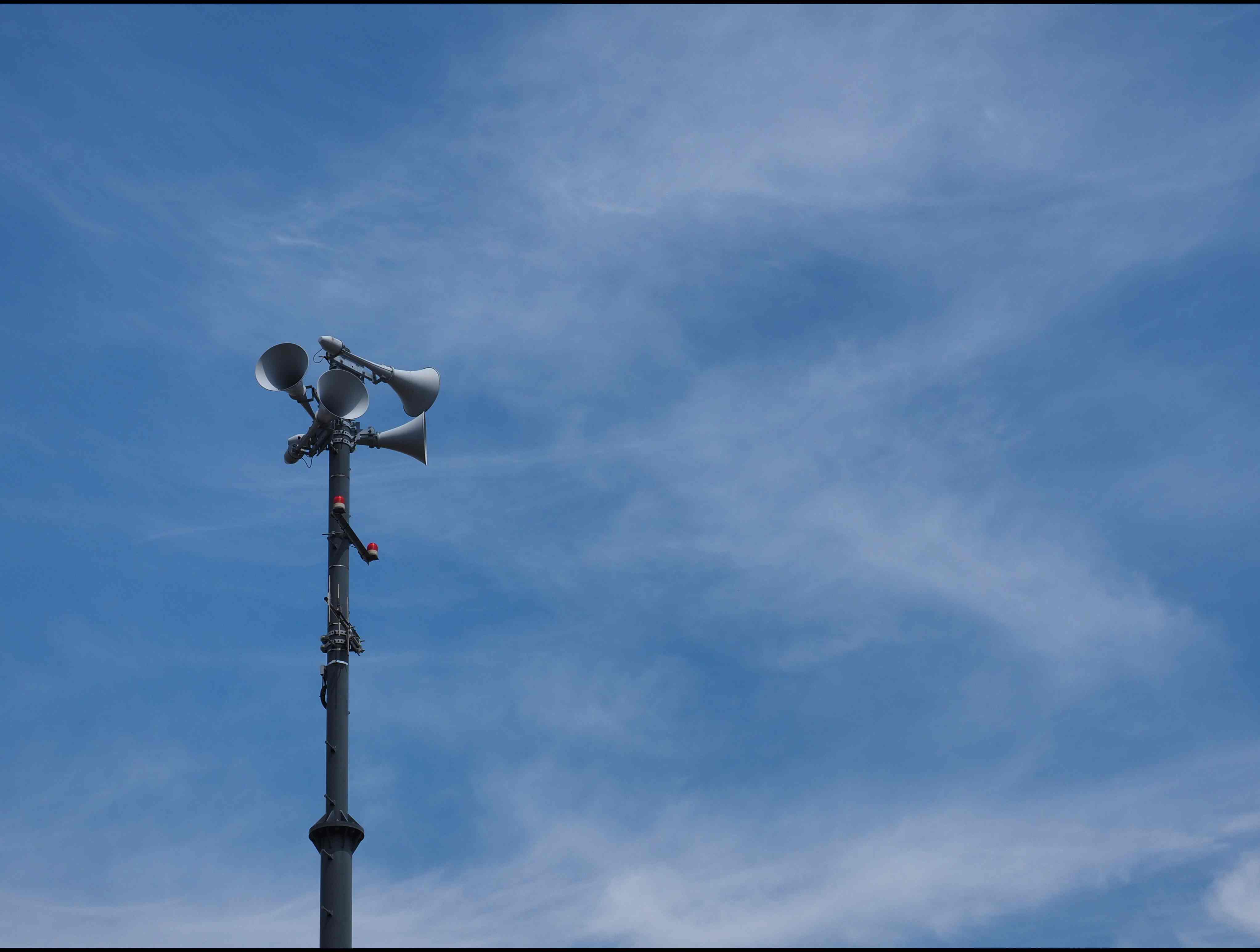
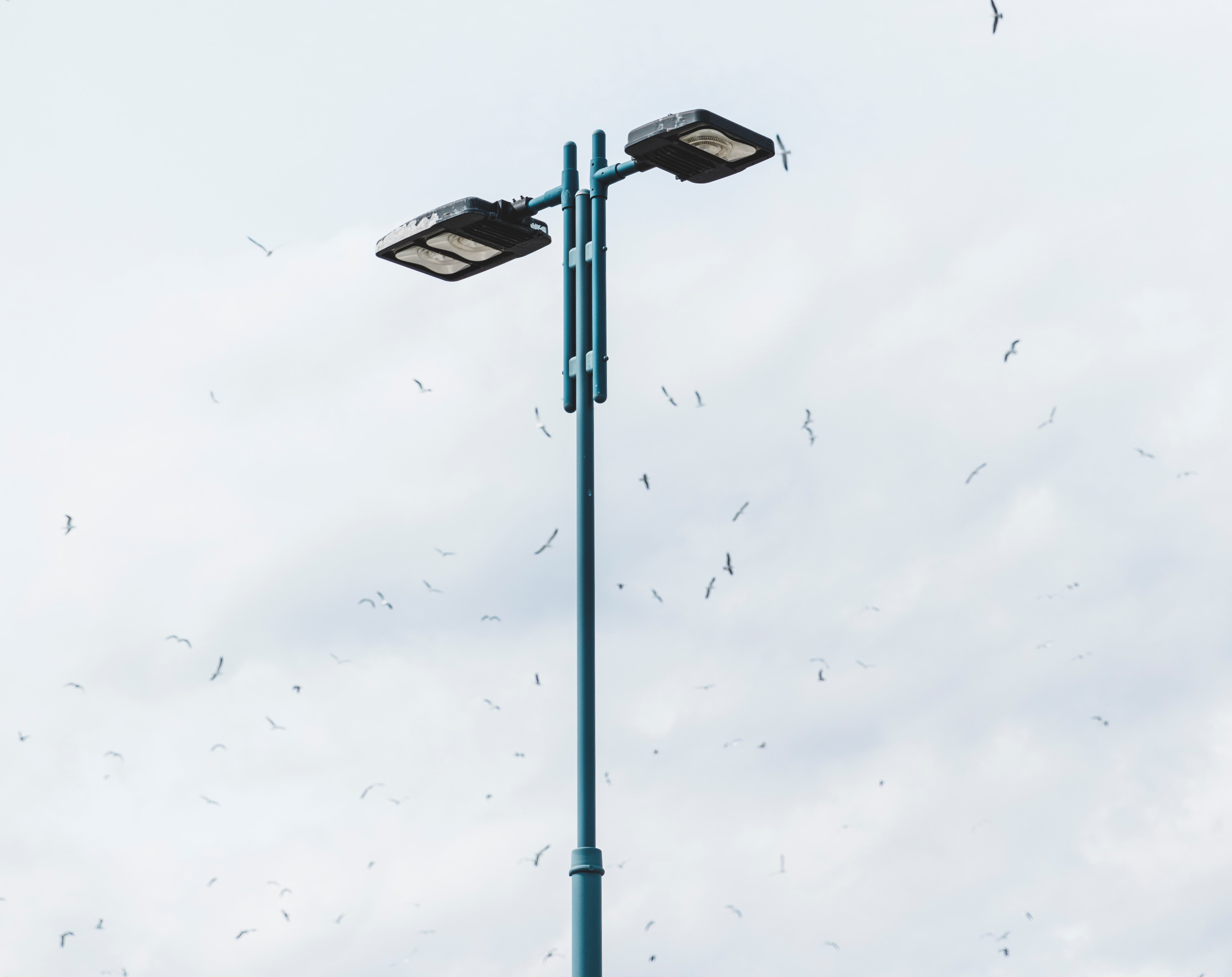
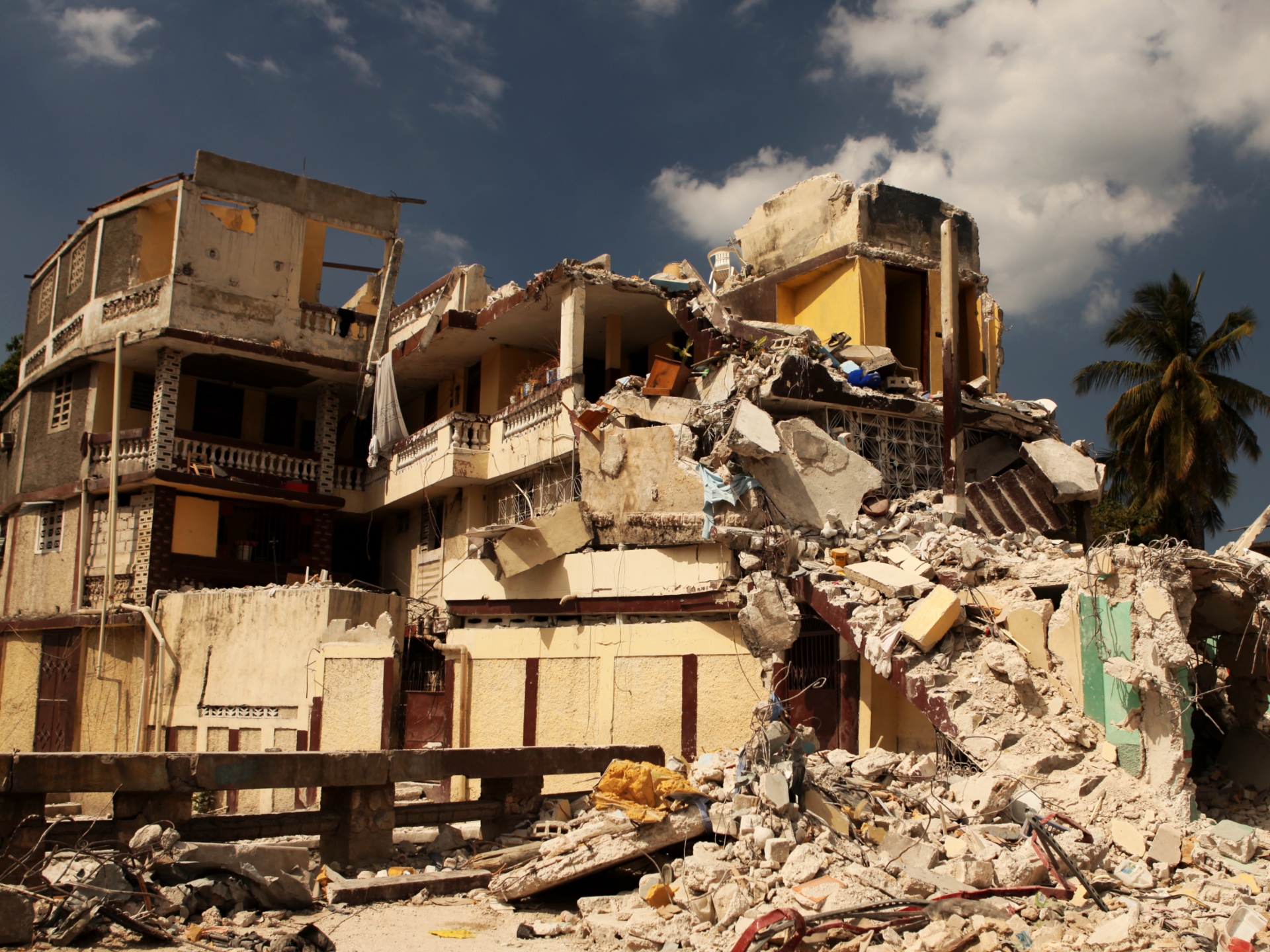
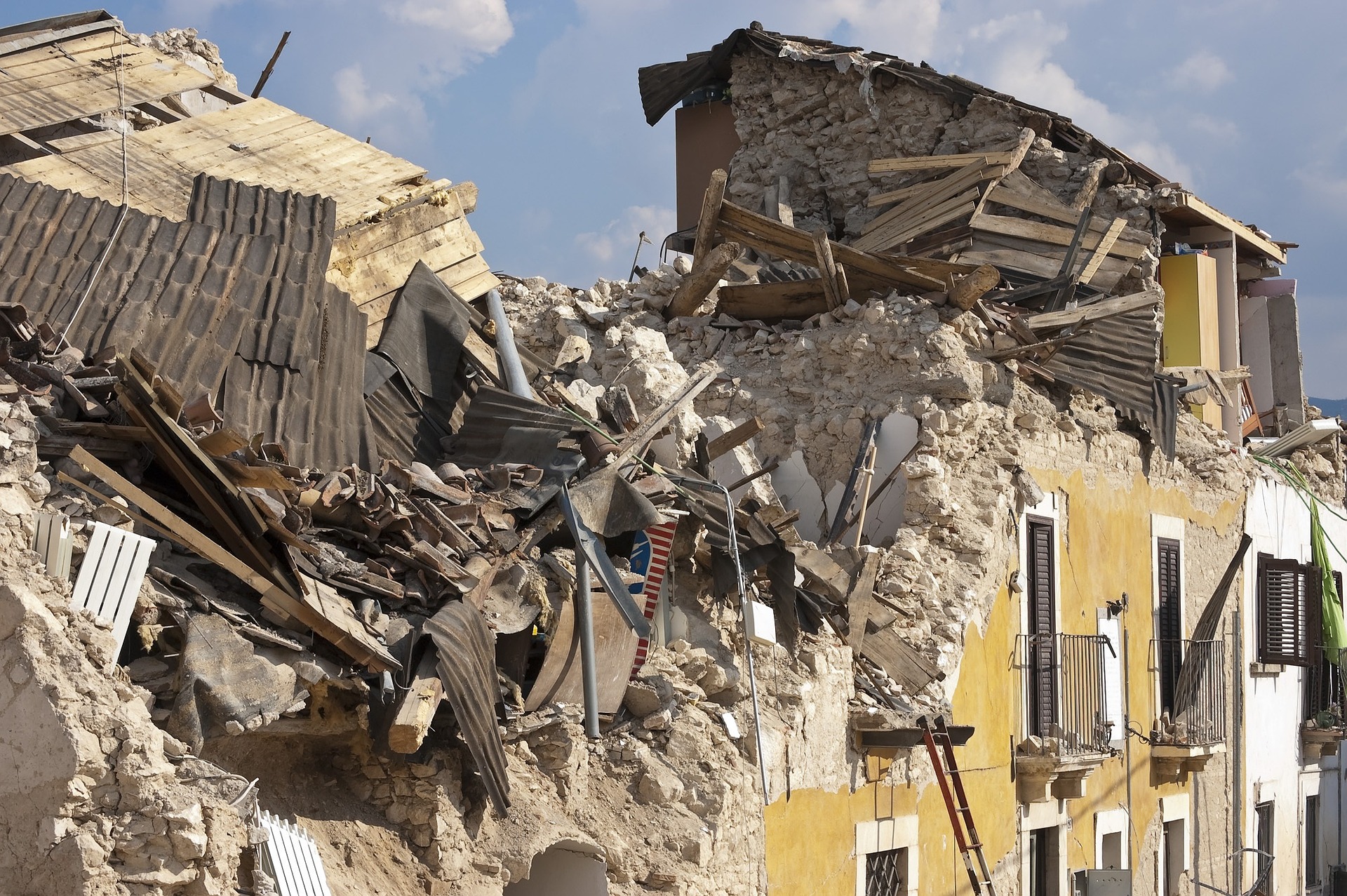
.jpg)
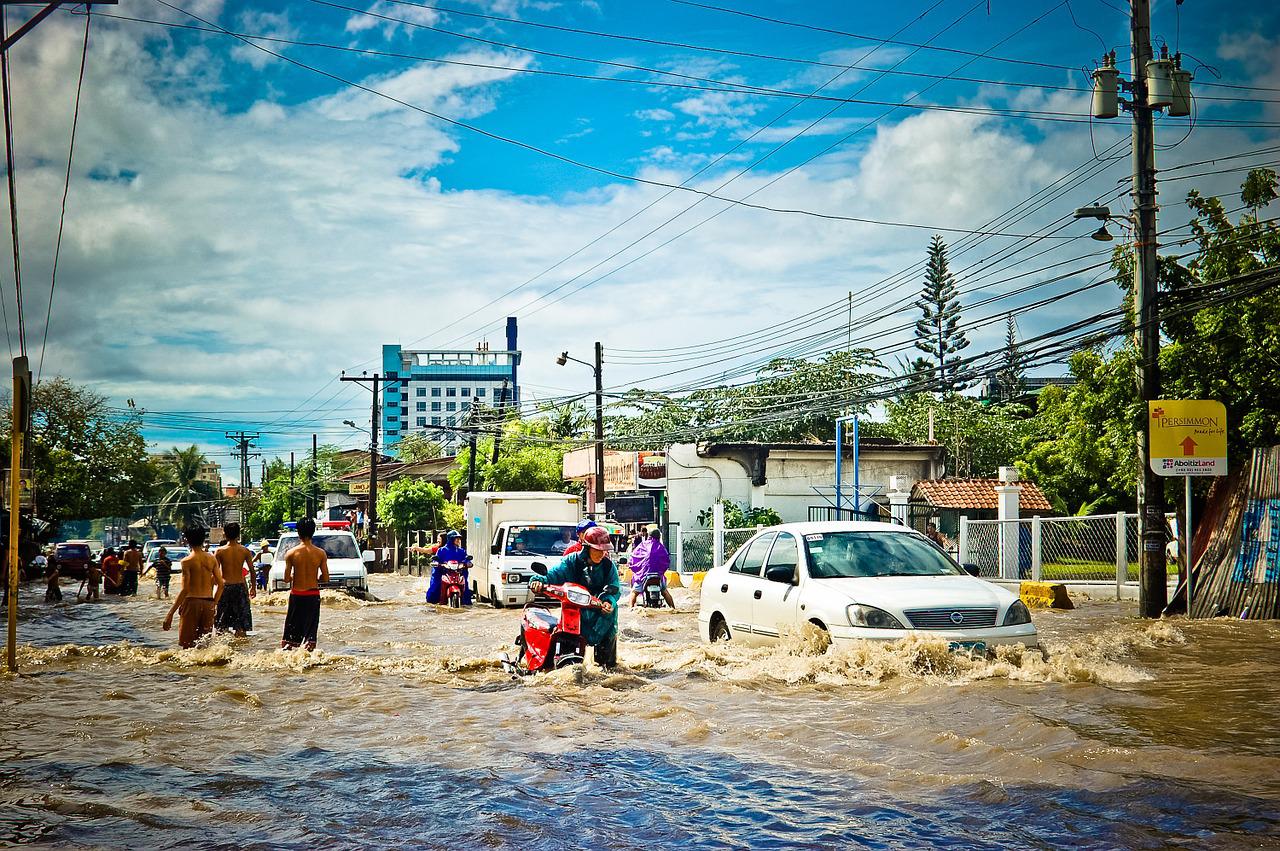
.jpg)

